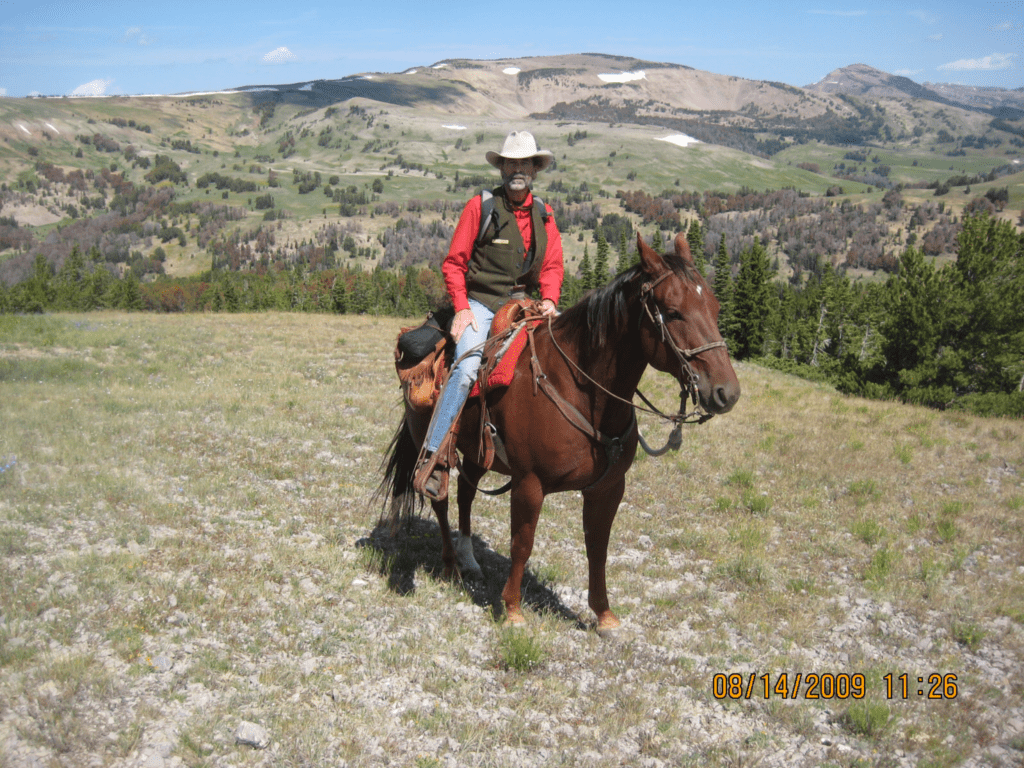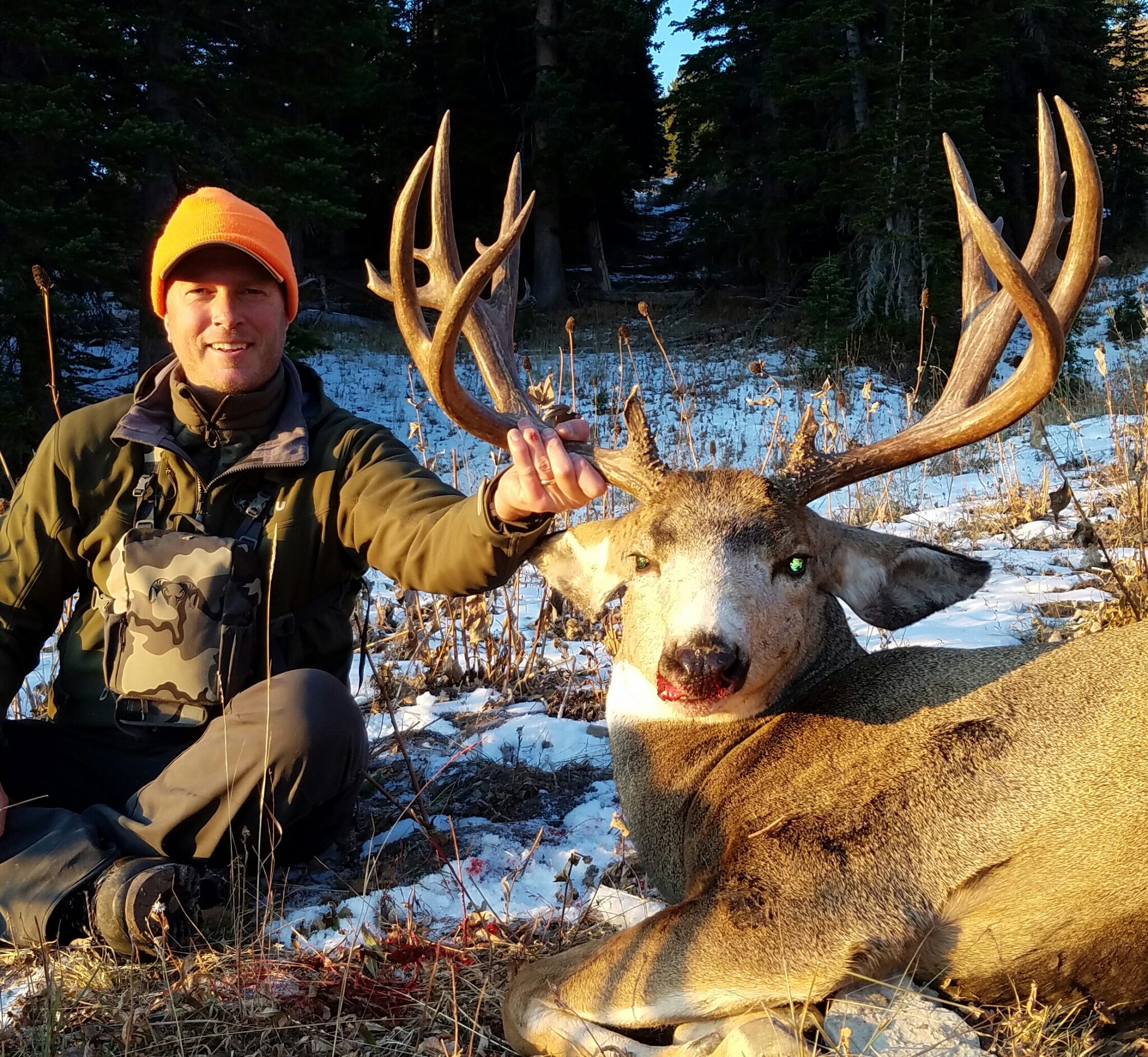Utah limited areas have the highest buck to doe ratio in the west and probabaly some good buck hunting. My guess they have not increased opportunity because the public hasn't asked for it they want to keep the hunting the way it is? Maybe utah sportsman need to speak up
Seams to me even if we can make a small positive change it is worth doing no matter how small if it's positive as long as it follows the data and they make the necessary changes when needed To not hurt the deer herd.
It's something that can be utilized on a as needed basis with no cost attached to it and if it increases buck to doe ratios that's a positive once it level out it goes back to any buck.
In post #37 you put up a list of APR research findings but I'm not sure you and I are reading the same thing. I'm also not certain that you understand what Corbland is saying about the buck:doe ratio not being indicative of herd health or good buck hunting. You can have a 50:100 buck:doe ratio with only 5 bucks and 10 does in the entire Wyoming range but that doesn't mean the herd is doing well or that hunting is amazing. It is a metric that has nothing to do with overall population or buck numbers.
Here are some points from the APR info you posted.
1. "
No APR strategy produced a long-term increase in adult(mature) male: female ratios,
or an increase in the number of adult bucks, except in a handful of cases where hunter participation declined significantly,
coupled with good fawn production."
No APR strategy will increase the number of bucks unless there is also good fawn production. Good fawn production occurs independently from factors that have anything to do with buck harvest, as is stated in one of the next quotes. What that tells me is that fawn production is the main driver in increasing not only population but also buck:doe ratios.
2. "
Temporary APRs are most effective following a year of
high fawn production and recruitment or when
doe harvest is increased"
Does our current situation sound like those two criteria occurred? Or did we just have a really bad fawn production year? Have we increased doe harvest? So it sounds like we are implementing APRs in the exact wrong situation.
3. "Managers have found
most effective way to recover from chronically low buck:doe ratios is through a
dramatic reduction is harvest on males >2 years of age (through a conservative limited quota season or very short season length). Available data also supports this."
If the goal is to recover buck:doe ratios, then the correct way to do it is by not killing the 4 pt bucks. A 4 pt APR will put harvest pressure entirely on the age class of bucks that should be protected. This shows that if any APR should be implemented it should be a 2-pt only season to allow the >2 yr old bucks to survive. Why? Because 1.5 year old bucks (2 pts) die naturally at a higher rate than older bucks anyway. But all of this doesn't matter if the goal is to increase population because...
4. "
APRs do not increase fawn production or population size."
I'll just repeat what they said. APRs do not increase fawn production or population size.
5. "Even in herds with
single digit buck:doe ratio,
pregnancy rates are well
over 90%.
We are all interested in hunting the most mature bucks possible. That can only occur with increasing the overall population of deer. APRs do not increase the deer population and a high buck:doe ratio doesn't matter if the overall population is low.
Buck:doe ratio is meant as an indicator of hunting pressure. A high deer population with a low buck:doe ratio can mean that too many bucks are being killed. That impacts hunter satisfaction and means that fewer bucks will reach maturity. A higher ratio means that enough bucks are escaping hunting pressure and some percentage of them will live to maturity and become the big bucks we all like to see and harvest.
It seems pretty clear that the short term "benefits" in APRs are artificial. A brief reduction in buck harvest augments the ratio but does nothing for the overall population and it is the population that matters when determining long term benefits.
It comes down to what your goal is. If your goal is a higher buck:doe ratio, then APRs will get you there for a short time. If your goal is higher deer population then no APR strategy will help. If your goal is long term population and buck:doe increases, then no APR strategy will help.
If manager's goal is just to reduce the number of hunters in these units then I guess APRs might do that, but it is not beneficial in the way that most hunters think it is. This feels like managers caving in to public pressure to give the appearance of doing something.
"APRs are very popular with the hunting public. However public understanding of the pros and cons appears to be limited..."


